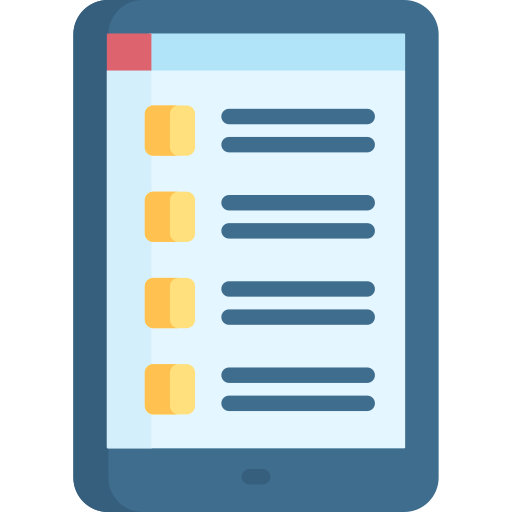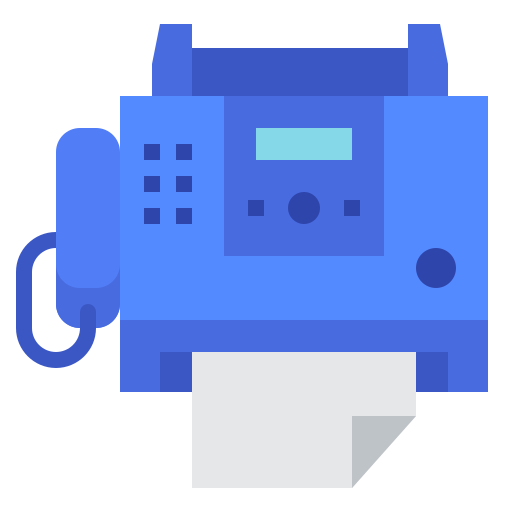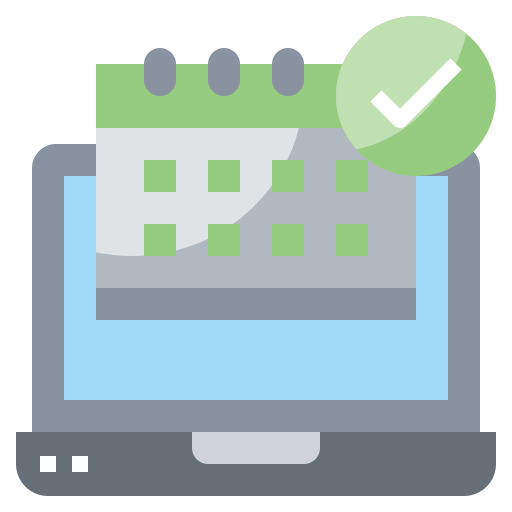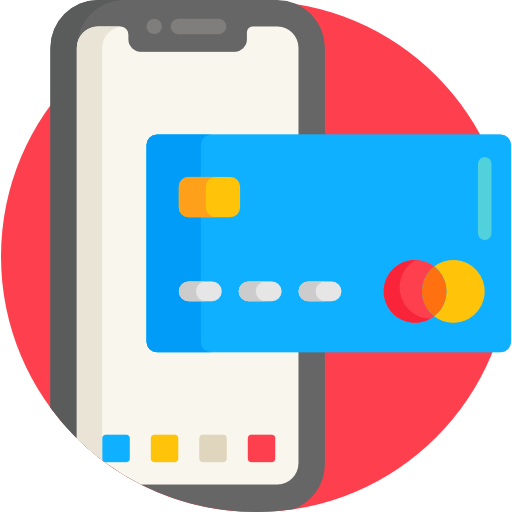podiatry EMR
#1 Podiatry EMR & PM
AllegianceMD Veracity Podiatry EMR is #1 among Podiatry specialists.

A detailed guide for Podiatry EMR software
A podiatrist or a doctor of podiatric medicine (DPM) is an expert in foot care. He/she is a physician and surgeon who treats lower limbs and related structures like the foot, ankle, etc. A podiatry EMR is a software used by podiatrists to maintain electronic medical records of their patients. The software is needed to maintain the functionality of general EMR solutions along with specialty-specific medical information for managing effective podiatric practices. Podiatry EMR allows the podiatrists to organize and track the information of patients acquiring care related to the foot, ankle, or lower leg.
For your information, EMR or electronic medical record is a digital approach for recording clinical information of a patient systematically. The information is stored in the EMR software which can easily be installed in electronic devices like smartphones, laptops, and desktops for easy data access. The data included in the record involves;
- The entire medical history of patients
- Their ongoing medications
- Reports of the previous clinical tests
- Any disease which is diagnosed already
- Immunizations and vaccines taken in the past
- Any allergies
- Their ongoing treatment duration and plans
All this information is stored electronically in the form of graphs, charts, and tables.
EMR software, by now, has taken over almost all the medical specialties. Every medical department, small and large-sized practices use EMR software. Specialized EMR software has also been designed to meet the specific needs of medical specialists. Few of them are as follow,
- Orthopedic EMR for orthopedics
- Ob-Gyn EMR for obstetrics and gynecologists
- Pain-management EMR for Podiatryclinicians
- Cardiology EMR for cardiologists
In the same way, we have Podiatry EMRs for Podiatrists. Specialty-specific EMRs are preferred over general EMR software because they include specific features and templates addressing the explicit need of the respective healthcare facilities.
EHR, Practice Management, Billing Solution, Patient Portal and Self Check-In Kiosk.
User friendly, and very easy to use. Now you can focus more on patient care.
Specialty Specific EHR. No hidden fees or surprises.
Tailored to Your Podiatry Practice
1
Podiatry Specific EHR
2
Podiatry Billing
3
Imaging interface
1
Lab Interface
2
Tele-health
3
Integrated Fax
1
Drug Formulary
2
Controlled E-RX
3
Drug Interaction
1
Patient Portal
2
Check-in Kiosk
3
Online Scheduling
1
Appointment Confirmation
2
Email Marketing
3
Referral Portal
1
Online Payment
2
Insurance eligibility
3
Patient Education
How is a podiatry EMR beneficial?
Podiatry EMR includes benefits of both the general EMR and specialty-specific EMR solutions. It significantly alleviates the complications associated with podiatry practices and streamlines the workflow of the podiatrists and other medical staff.
Here are some amazing benefits that can be expected for a podiatry special EMR.
- Customizable templates
- Podiatry-specific forms
- Automated processing of patients’ records
- Incredible graphic database
- Higher financial assistance
- Coding claims for insurance and billing
- Improved revenue capture
- Telemedicine or e-prescribing
- Reminders and alarms for bookings and appointments
- Podiatry workflow management
Podiatry EMR streamlines the workflow as per the needs of the podiatric specialists, making the clinical experience, of the doctor and the patient, as painless as possible. For instance, a patient with a bulge or growth on the foot can book an appointment online and fill out the patient intake information form on the patient portal of the Podiatry EMR software. The Podiatrist can then examine the exam template at the POC (point of care) and schedule the patient for surgery. After the surgery is done, they can schedule the ongoing follow-ups using the surgical template. See, everything is possible through a single software.
Also, the software includes workflow templates specially designed for podiatric practices like;
- Bunion/bulge
- Ingrown nail
- Ankle sprain
- Bursitis
- Foot fracture
- Achilles tendonitis
- Neuroma
- Gout
- Orthotics
- Abscess
- Nerve entrapment
- Verruca plantaris
The graphic database provides the physicians with dozens of diagrams so that they can document the problems graphically and show them to the patient for their education and understanding. Common images available through the software are dorsal, lateral, plantar, posterior, and medial. Advanced software may include much more than this. Some software allow doctors to incorporate self-made drawings and diagrams.
The software, integrated with the devices and results, can help the podiatrist to recommend prescriptions, scrub claims, and ICD-9/CPT codes. In this way, it helps to increase the revenues and profits of a podiatric clinical setup. Plus, it reduces the likelihood of errors by the physician and the medical staff.
Customizable templates allow physicians to make real-time charts during the visits of the patients. Also, the software includes pre-prepared forms for physical examination and reports for work status. Most importantly, podiatry software cuts down on the expenditure of manual data records and improves the productivity of the clinicians. The automated reports and charts relax the doctors from the hectic procedure of collecting, recording, and storing the data manually and allow them to focus well on the treatment procedures.
A fully integrated practice management Podiatry EMR allows podiatrists to focus the patient care, freeing them from the administrative workload. For example, the clinical staff doesn’t have to worry about the process of billing. The software has made it very easy and efficient because of the ICD-10 codes. It speeds up the repayments and transfigures the happenstances to billable EDI and paper claims. Moreover, the software ensures charge capture as an automatic by-product of documentation. The evaluation and management (E&M) coding propose the charges based on the level of service and patient-doctor encounter.
To avail of all these benefits, choosing the right EMR software is a must. Only genuine software will assure the best results. But how would you know that the software you are purchasing is the right one? Well, to help you with that, here is a complete guideline regarding the essential features of an ideal podiatry EMR software. Also, we have enlisted some important considerations and the pricing strategy to help you with a wise investment.
Features of an ideal podiatry EMR software
Podiatrists deal with a large set of data which is very strenuous to be collected and recorded. It is a very exhausting procedure to be carried out with other clinical duties. Clinicians are likely to burn out of such a monotonous schedule. Therefore, they require a podiatry EMR to address the administrative dimensions of their medical specialty. However, choosing the right software is a bit tricky. You are likely to fall victim to frauds or low-quality products. Thus, we present some of the must-have features that you need to look for before investing your money in software. So, let’s begin.
- Customizable features
Software with customizable features and settings puts the user in control. You can customize the settings according to your needs. Flexible settings help you to enjoy the features as per your clinical setup. A quality software allows you with the following customizable settings;
Templates: An ideal Podiatry EMR has customizable templates. Good quality software has templates built within. However, the best EMR software has customizable built-in templates. These templates can be used as designed or can be adjusted according to the podiatry clinical procedures like pre-and-post-operative care, diabetic care, wound care, sports medicine, etc.
Voice recognition technology: The best podiatry EMR software comes with voice and handwriting recognition technology. The doctors can use the feature to ease the process of documentation.
Easy access: Cloud-based podiatry EMR can be easily accessed on a personal computer, tablet, or MacBook provided that you have got a strong internet connection and a stable web browser. Note, the EMR software is a SaaS (software-as-a-service). Thus, it never demands an expensive server infrastructure and other costs for maintenance.
Safe e-Prescription: e-Prescription is the prescription or refilling of the medicines without any manual processing. The software helps to carry out the process with greater safety and accuracy after checking the drug-drug and drug-food allergies.
- Compliance with Meaningful Use
Meaningful Use (MU) is an incentive program for improving the quality, efficacy, and synchronization of patient care through licensed EMR technologies. Patient privacy is the heart of MU and provides the following advantages;
- Improved and safe healthcare practices
- Reduced health differences
- Enhanced patient engagement
- Advanced care coordination
The PPACA or Patient Protection and Affordable Care Act directs the Podiatrists to use the software in compliance with MU regulations. MU compliance is a certification for the quality of software. A MU compliant software not only saves the time and effort of the clinician but also streamlines the workflow of end-users and supports health data exchange.
- Easy access anywhere, anytime
The best of the podiatry EMR software allows the user to access data anywhere, anytime. Podiatrists can sort and analyze data even when they are outside their clinic or office. The software brings actionable data to their fingertips. All they have to do is to click and the data will be on their dashboard. If the software you choose doesn’t allow quick data retrieval, give it a miss because, for real-time tracking of the patients, easy access to the data is a must!
- Booking and appointment reminder
High-quality patient care is something more than just addressing their issues. Your patients always want a little extra. They expect a little more from their healthcare providers. What extra you can do is to improve their wait time for appointments, phone call returns, laboratory test reports, etc. The EMR software can help you with this. It can improve the quality of patient care and management by reminders for appointments and online bookings. Podiatry EMR has a specialized patient portal for booking appointments online. It helps the patients and doctors to choose a convenient time for the visit. Also, the patient can seek guidance and contact the care team anytime. The appointment reminders help the doctor and patients to remember the date and time of their upcoming follow-ups. All these facilities promote better doctor-patient engagement and cut-down upon the cases of no-appearance.
- Telemedicine facilities
In addition to the voice and handwriting technology, the best podiatry EMR software comes with the videoconferencing feature. To ensure safety and accuracy, the consultation of the patient through the camera is always in compliance with HIPAA. This feature helps to keep the work in flow even when the doctor or the patient cannot show up on the day of the appointment.
Through these telemedicine sessions, patients can discuss the physical symptoms of any illness. They can also show the post-operative condition of their foot, ankle, or lower limb. The doctor, after assessing the sign and symptoms, may suggest them with relevant prescriptions. Both of them can communicate the results of a clinical test over the video and discuss further options and treatments.
Telemedicine is one of the most flexible features offered by EMR software. It never burdens the doctor or the patient to be physically present for a healthcare session. This not only saves time and money but also reduces the risks of being exposed to many contagious diseases.
Telemedicine works great during the present pandemic. Hospitals are already occupied with COVID-19 patients so it is better and safe for the podiatrists to assist their patients virtually. It helps them to practice social distancing and cuts down on the patient count in the hospital. Most importantly, both parties will be safe from viral exposure.
- Safe and easy data sharing
The EMR you wish to choose must allow safe and easy sharing of the data. The doctors must be able to share their patients’ data with other healthcare experts for consultation. Also, the software must allow the sorting and categorizing of the data gathered by different physicians and laboratories. In this way, doctors can create important alerts for a focused work schedule. All of these possibilities come without any security issues. Beside effective data sharing and communication, the doctors can also,
- Exchange medical records and information
- Send referrals and recommendations
- Pay insurances
And all this without worrying about security or privacy.
The concept of referrals is very famous in many medical specialties. Clinicians spend a lot of resources and time to collaborate with each other and send or receive referrals to and from. However, this is now even easy with the EMR software. Referrals through EMR make sure that the patients are receiving required follow-ups and eliminates the problems during the patient transition between healthcare providers.
How to choose Podiatry EMR?
When choosing software, make sure that it has the majority of the features mentioned above. However, in addition to the above-mentioned features, make sure to consider the following things for a wise purchase.
Software and hardware considerations: EMR systems come with greater software and hardware considerations that can help you with your buying decisions.
Cloud-based EMRs are advantageous as they are available over a standard browser and internet connection. It is easy to access them over desktop computers, laptops, smartphones, tablets, etc. It demands smaller upfront costs and is very much less expensive when it comes to the costs for infrastructure and maintenance. Prefer choosing software that works great with a majority of the electronic gadgets and can be integrated with high-tech medical devices so that you can use it anywhere on any device.
Size of the clinical setup: It is one of the most crucial considerations while choosing an EMR software. Software requirements vary greatly with the size of the clinical setup. The four most popular clinic sizes include personal clinics or solo setups, small-sized practices involving 3-4 providers, medium-sized practices, and finally larger setups like hospitals and established healthcare organizations.
In comparison to the larger setups, individual, small, or medium-sized practices have different needs and requirements. Small practices are usually run by 3-4 providers, have a limited budget, and thus lookout for some affordable choices. They don’t want expensive on-site networks and servers and attract simple and reasonably affordable systems like a cloud-based EMR.
The medium-sized practices comprise of around 10 clinicians may require software that provides multi-clinician access and little advanced functionalities and analytic tools. For larger set-up fully integrated software ensuring the highest quality work the best. Also, they require comprehensive training for safe meaningful use. So, when you choose the software make sure to keep in mind your clinic size and opt for the relevant features then.
Price Considerations: Podiatry EMRs based on the servers, license, maintenance cost, and setup requirements may turn out to be expensive for solo and medium-sized practices. Before you buy software make sure to gather all the price-related information like look for the setup, license, upgradation, and customization fees. Also, beware of the monthly rates and extras for additional support and training. Make a checklist and finalize the cost before purchase.
Final verdict
The Podiatry EMR entertains the podiatry healthcare providers with the functionality of a multi-specialty EMR. It provides them with specific tools within the software to enhance the performance and productivity of the clinical experts. Electronic Medical Records present the best solution for tedious manual data recording and paperwork. It is very tiresome and time taking and does not let the doctors focus on their actual work. Therefore, they need software fitting specifically with their specialty and is all in one with different tools as per the demands of their field.
If you are done with the exhaustive patient record documentation, get yourself an EMR software today! For a safe purchase, make sure to confirm all the features and considerations discussed above.
Sources
















